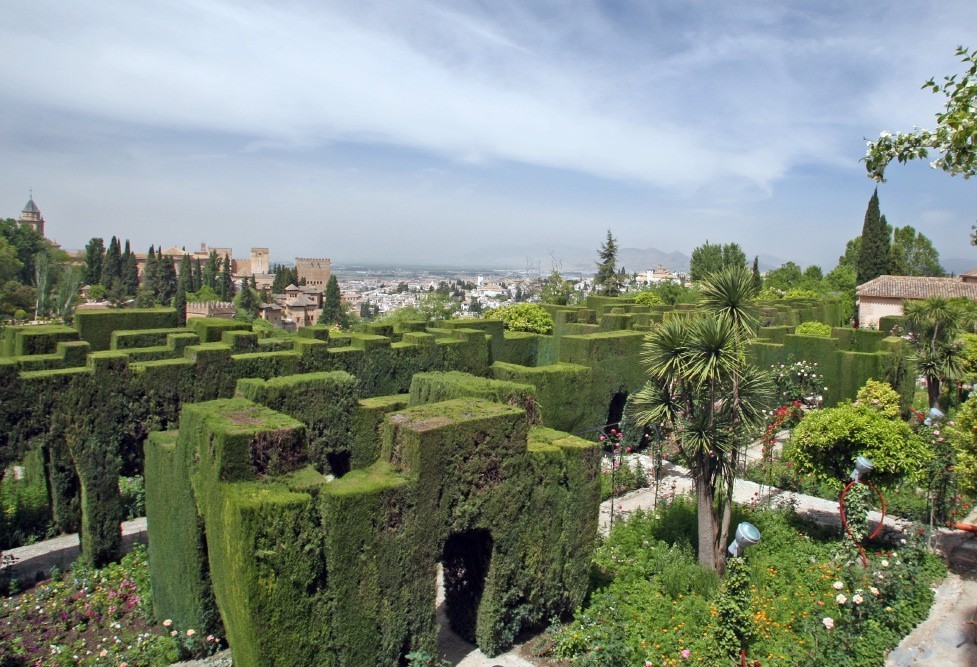 BACK
BACK
The high gardens
The high gardens are more related to a traditional "Carmen granadino" from the time, that to a muslim rustic estate.
 Make your selection to discover more places
Make your selection to discover more places
The Gardens, spread across several terraces in the palatial area of the Generalife and protecting the palace at its highest point, offer a marvellous view of the entire site.
Tiny fountains with jets can be seen in the nearby parterres, with lovely specimens of magnolia trees, scented shrubs, and a carefully laid out selection of evergreen and deciduous trees that protect against the cold winds from the north the gardens, including a small, romantic botanical garden of the European humanist sort.
A visit to this area will highlight the visible contrast that exists within the Alhambra Historical-Artistic Monuments Complex, which brings together Medieval and Renaissance styles, both with traces of nostalgic Romanticism that can be appreciated here as perhaps nowhere else.
It is for this reason that a visit to the highest gardens is a must, following the Muslim stairway and descending the very much Europeanized terraced pergola.
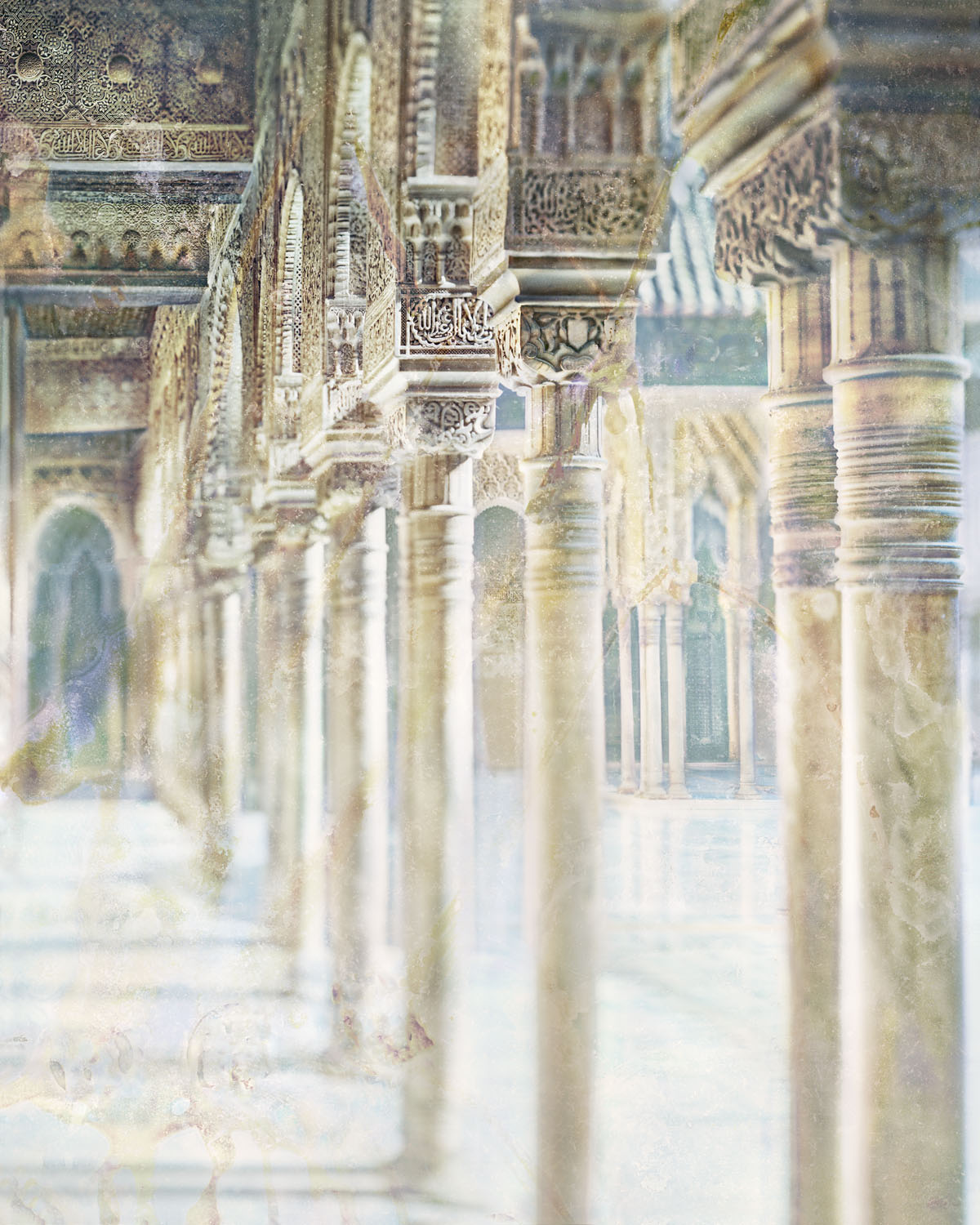
La Alhambra, a look from Fernando Manso
MORE INFORMATION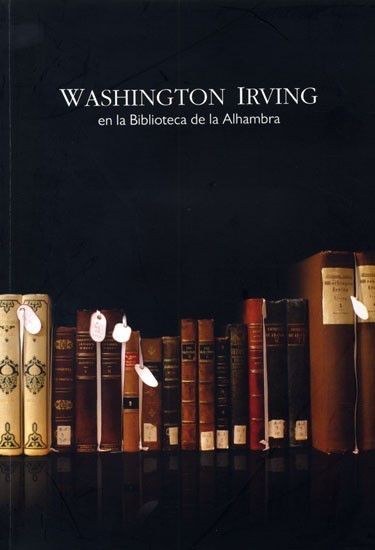
WASHINGTON IRVING AND THE ALHAMBRA
MORE INFORMATION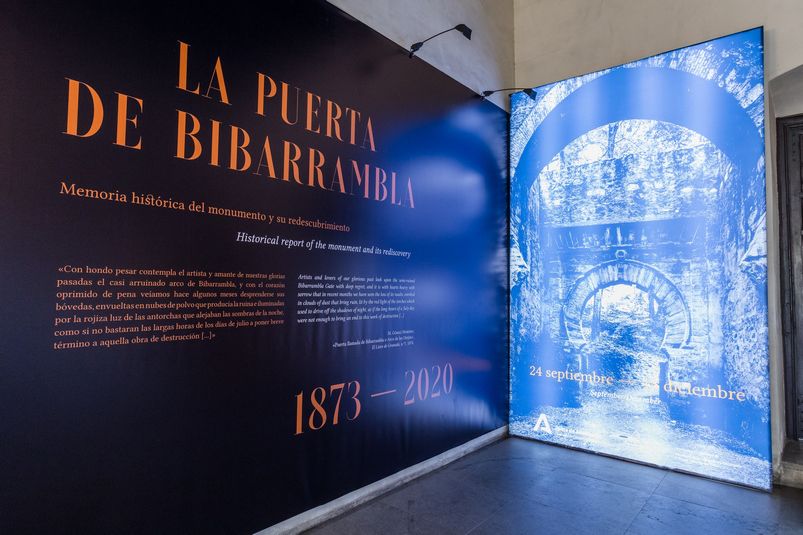
THE GATE OF BIBARRAMBLA. Historical report of the monument and its rediscovery
MORE INFORMATIONTHE EMPEROR´S CHAMBERS
MORE INFORMATION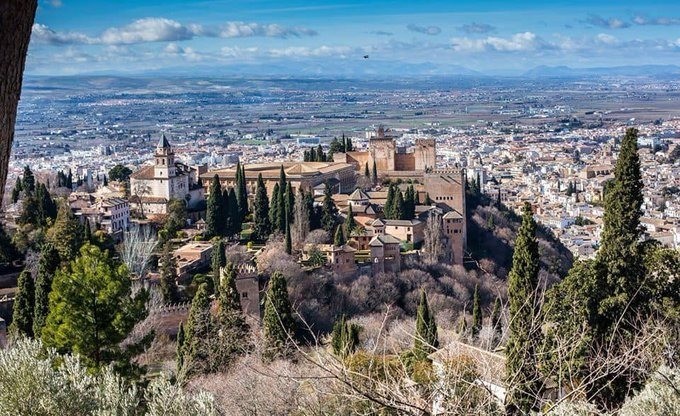
The Council of Alhambra and Generalife will refund automatically the full amount of the bookings
MORE INFORMATION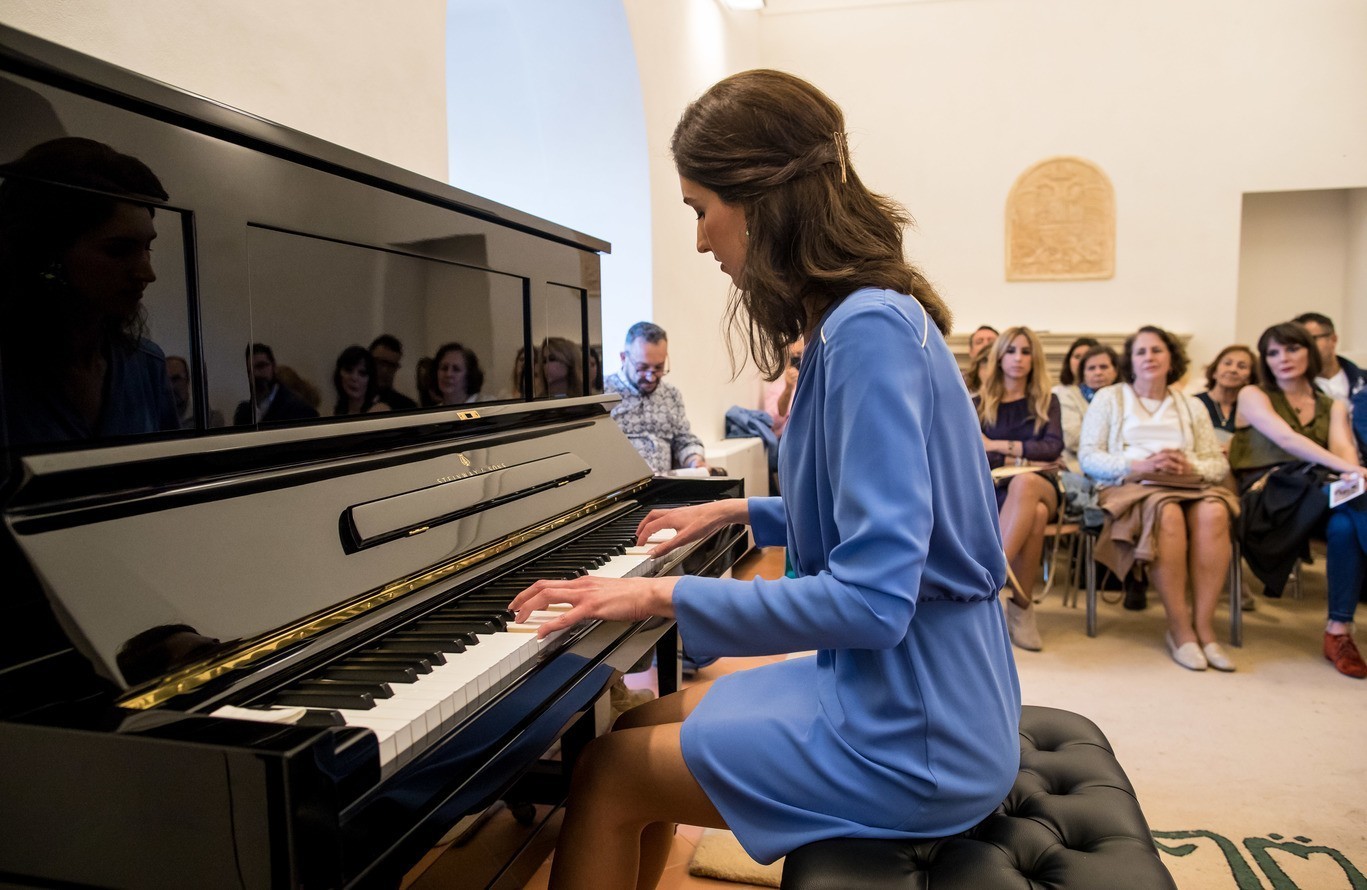





 Contact
Contact






